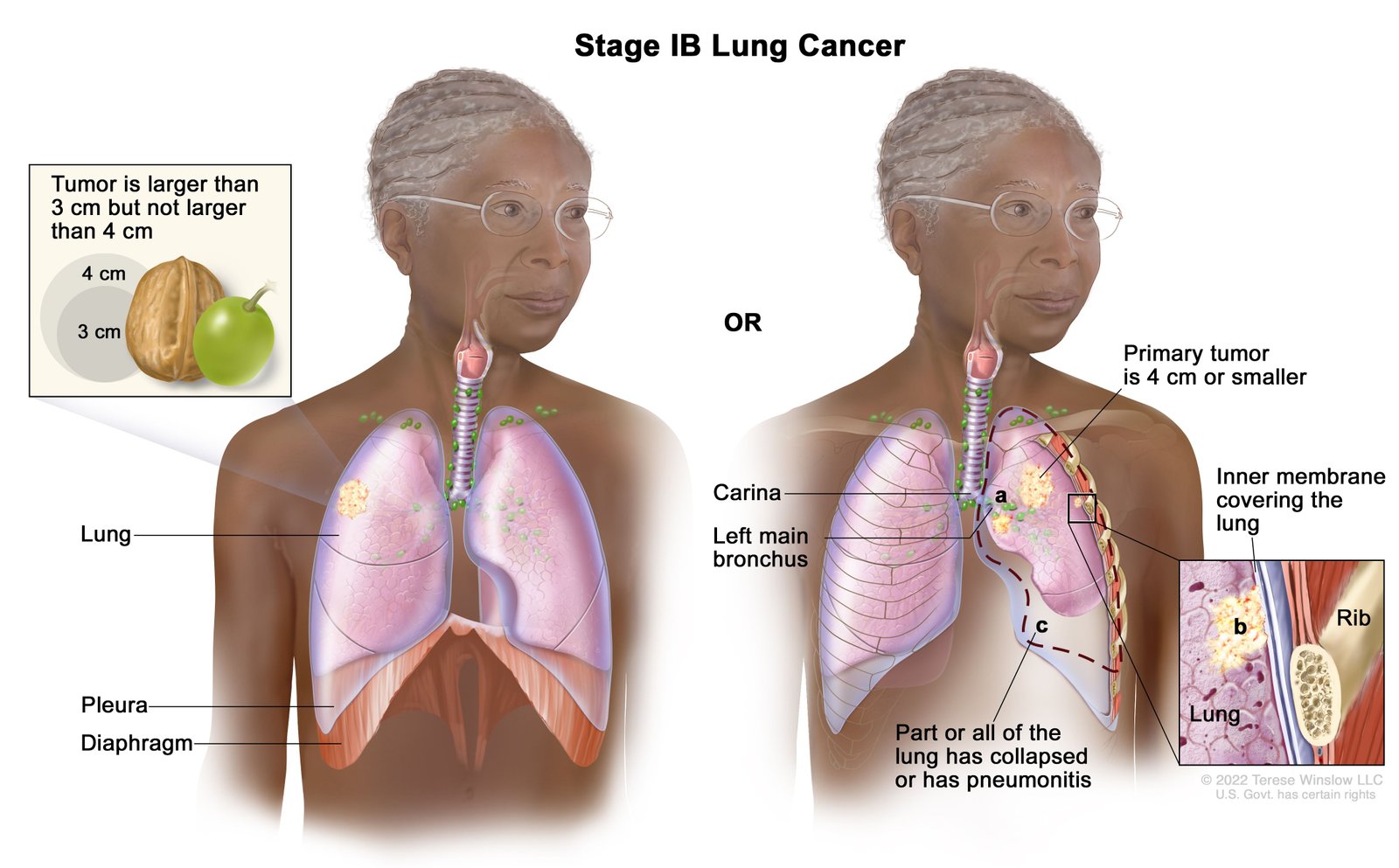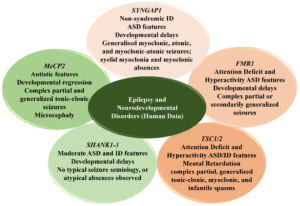Non-Small Cell Lung Cancer Life Expectancy

Non-Small Cell Lung Cancer (NSCLC) Life Expectancy: What You Need to Know
Understanding NSCLC and Its Subtypes
When diagnosed with lung cancer, it falls into two main categories: small cell lung cancer (SCLC) and non-small cell lung cancer (NSCLC). NSCLC, which is the most common type, accounts for approximately 85% of lung cancer cases. The disease can be further divided into subtypes, including adenocarcinoma, squamous cell carcinoma (SCC), and large cell lung carcinoma (LCLC), each with its own characteristics. Identifying the exact subtype plays a crucial role in formulating the best treatment plan.
Survival Rates for NSCLC: What Can You Expect?
Survival rates are often presented in terms of five-year survival statistics, which indicate the percentage of individuals who are still alive five years after diagnosis. The survival rates for NSCLC can vary significantly based on the stage of the disease at the time of diagnosis. The stages range from Stage 1, where the cancer is localized, to Stage 4, where it has spread to distant organs such as the brain, bones, or liver.
NSCLC Survival Rates by Stage
-
Localized (not spread): 63%
-
Regional (spread to local lymph nodes): 35%
-
Distant (spread to other organs): 7%
Overall, the five-year survival rate for all stages of NSCLC combined is about 25%. However, it’s important to note that these statistics reflect past trends, and advancements in treatments like immunotherapy are helping people live longer.
How Accurate Are Survival Rates?
The survival rates for NSCLC depend on various factors such as cancer type, stage, and the individual’s overall health. The numbers are based on data from a broad population and may not predict individual outcomes accurately. With the rapid progress in cancer treatment, many individuals diagnosed with NSCLC are living longer than in the past.
Common Symptoms of Lung Cancer
In the early stages of NSCLC, many individuals may not experience symptoms, particularly if the tumor is located in the outer parts of the lungs. However, as the disease progresses, symptoms can include:
-
Persistent cough that worsens over time
-
Shortness of breath
-
Blood in sputum
-
Hoarseness
-
Weight loss and loss of appetite
-
Swelling in the face or neck
-
Bone pain
-
Headaches or vision changes
NSCLC Subtypes and Their Prevalence
While adenocarcinoma is the most common subtype of NSCLC, the disease can also present as squamous cell carcinoma (SCC), large cell carcinoma (LCLC), or rarer forms such as adenocarcinoma and sarcomatoid carcinoma. Here’s a breakdown of the most common subtypes of NSCLC:
-
Adenocarcinoma: The most common subtype, typically found in the outer parts of the lung.
-
Squamous Cell Carcinoma (SCC): Often associated with smoking and typically located in the central parts of the lungs.
-
Large Cell Carcinoma (LCLC): A rare and aggressive form of NSCLC.
-
High-Grade Neuroendocrine Carcinoma (LCNEC): A rare subtype with more aggressive behavior.
-
Adenosquamous Carcinoma: A combination of adenocarcinoma and squamous cell carcinoma.
-
Sarcomatoid Carcinoma: A rare and more aggressive form of lung cancer.
Lung Cancer in Non-Smokers: A Growing Concern
While smoking remains the leading cause of lung cancer, NSCLC is increasingly being diagnosed in non-smokers. Other risk factors, including genetic predisposition, exposure to radon or asbestos, and environmental pollutants, are contributing to this trend.
Treatment Options for NSCLC
The treatment approach for NSCLC depends on the stage of the cancer, the specific subtype, and the overall health of the patient. Common treatment options include:
-
Surgery: Surgical removal of part or all of the lung may be an option for localized cancer.
-
Radiation Therapy: High-energy X-rays are used to destroy cancer cells or shrink tumors.
-
Chemotherapy: Drugs that kill cancer cells or prevent them from multiplying.
-
Targeted Therapy: Medications that specifically target genetic mutations in cancer cells.
-
Immunotherapy: A treatment that helps the immune system recognize and attack cancer cells.
Risk Factors for Developing Lung Cancer
Several factors increase the risk of developing lung cancer, particularly NSCLC:
-
Smoking (responsible for 80% of lung cancer deaths)
-
Secondhand smoke exposure
-
Radon and asbestos exposure
-
Air pollution
-
Previous radiation treatment to the lungs
Lung Cancer in Younger Individuals
NSCLC is more commonly diagnosed in older individuals, but an increasing number of younger people are being diagnosed with the disease. The causes for this trend may include genetic factors and environmental exposures.
Conclusion: Managing NSCLC for a Better Outlook
Early detection and treatment are key to improving survival rates for individuals diagnosed with NSCLC. While survival rates may seem discouraging, advancements in medical research and treatment options offer hope. Whether through surgery, chemotherapy, immunotherapy, or targeted therapy, NSCLC can be treated effectively, especially when detected early. It’s important to discuss treatment options and prognosis with your healthcare team, who can offer guidance tailored to your specific situation.
Frequently Asked Questions
-
How quickly does NSCLC spread? The rate of spread varies. Some types of NSCLC grow slowly, while others are more aggressive. The speed of progression is often determined by the size of the tumor and its location.
-
Is NSCLC curable? If caught in the early stages, NSCLC can be treated successfully. However, advanced stages may be more difficult to manage.
-
What is the leading cause of NSCLC? Smoking is the leading cause, contributing to approximately 80% of lung cancer deaths. Other factors include exposure to radon, asbestos, and secondhand smoke.









